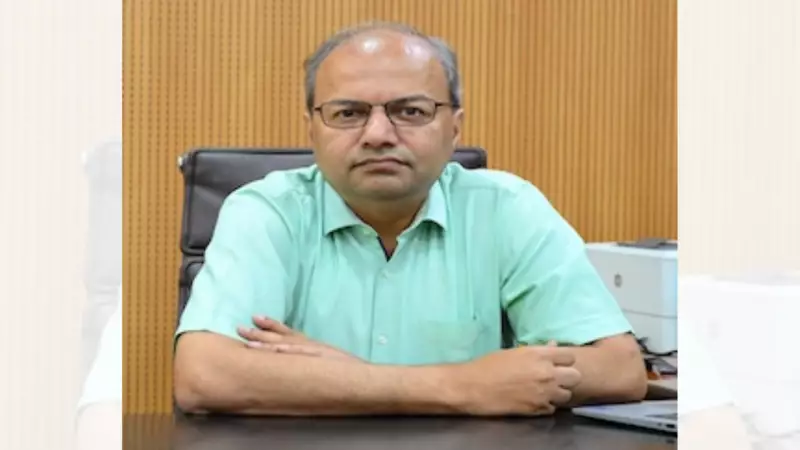
As Delhi continues to gasp for breath under a thick blanket of toxic smog, scientists from IIT Kanpur have revealed that artificial rain through cloud seeding could provide much-needed relief, calling it a safe emergency measure against the capital's worsening air quality crisis.
Emergency Solution for Pollution Emergency
Professor S Ganesh, Director of IIT Kanpur, emphasized that while cloud seeding should be considered an "SOS measure" rather than a permanent fix, the technology poses no threat to human health or the environment. "It's a safe technique," he assured, addressing concerns about potential side effects of creating artificial rainfall.
How Delhi's Artificial Rain Would Work
The cloud seeding process involves:
- Identifying suitable clouds with sufficient moisture content
- Spraying salt particles like silver iodide or potassium iodide from aircraft
- Creating nucleation sites for water droplets to form
- Triggering rainfall that washes away pollutants from the atmosphere
IIT Kanpur's research team has been developing this capability since 2018 and now stands ready to implement the solution when weather conditions become favorable.
Not a Permanent Fix
While the technology offers hope, experts caution that artificial rain is merely a temporary solution. "It's like when you have severe pain, you take a painkiller," Professor Ganesh explained. "It doesn't address the root causes of pollution but provides immediate relief during critical periods."
Delhi's Pollution Battle Intensifies
The capital has been struggling with hazardous air quality levels, with the Air Quality Index (AQI) frequently entering the "severe" category. The potential implementation of cloud seeding represents the latest in a series of emergency measures being considered by authorities to tackle what has become an annual environmental emergency.
As Delhiites await clearer skies, the scientific community remains divided on the long-term effectiveness of weather modification, though most agree that desperate times may call for innovative measures.





